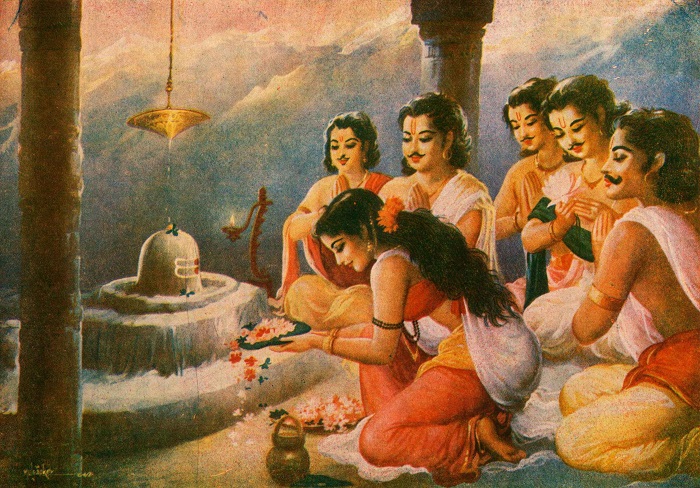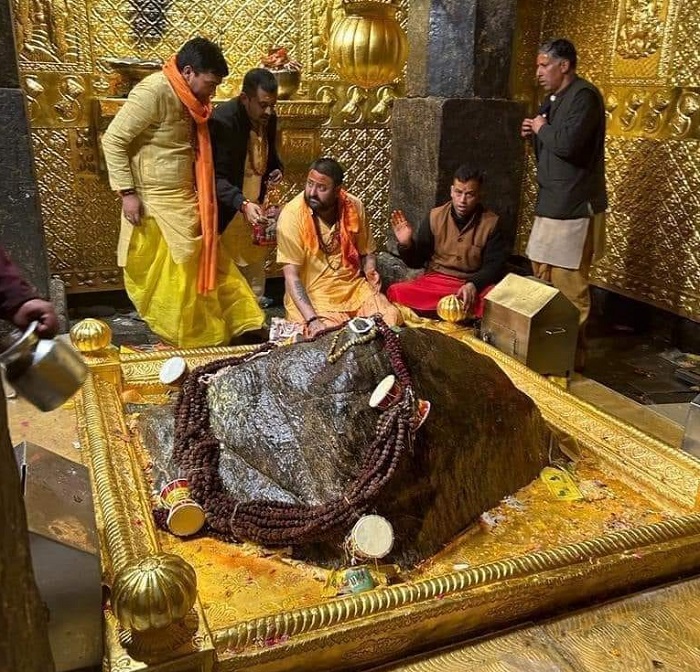Sitting majestically at an elevation of 3,583 meters above sea level on the banks of River Mandakini against a breathtaking backdrop of the Garhwal Himalayas, Kedarnath is one of the most prominent Shiva temples in the world.
Along with being one of the most crucial pillars of the Chota Char Dham Yatra Kedarnath Dham is also considered to be one of the most important and sacred of the 12 Jyotirlingas in India and can be visited easily through a Kedarnath Yatra Package.
The holy shrine can be reached by covering a perilous uphill trek of 18 kms which makes its way all along the mountainous terrain and gives way to some of the most brilliant and enchanting views.
Surrounded by the lush greenery of the valley this temple radiates immense spirituality and unparalleled divinity which cannot be experienced anywhere else.
If you are planning a trip to Kedarnath Dham then knowing these interesting facts will further elevate your excitement:
Unknown Facts about Kedarnath
The Pandava Connection
It is said that the construction of Kedarnath Dham was done by the Pandavas during their visit to Kedarnath. They went to the hills to ask for penance from Lord Shiva for killing their kin (Kauravas) during the battle of Mahabharata.
However, Lord Shiva did not want to grant forgiveness to the Pandava brothers so he turned himself into a bull and hid among a herd of bulls. Bhim recognized the lord amidst the other bulls and grappled him. Lord Shiva was impressed by their efforts and decided to grant them their well-deserved forgiveness.
Temple Architecture
Kedarnath Mandir depicts the true classical architectural forms of the bygone era. The entire temples are constructed using white marble which symbolizes peace and serenity.
Inside the temple, there is a presiding image of Lord Kedar in the form of a lingam, which is irregular in shape and sits on top of a 3.6 meters tall pedestal.
A small pillared hall present in front of the temple contains images of Goddess Parvati and the Pandava brothers. Present behind the temple is a Samadhi (memorial) of Adi Shankaracharya, the person who is responsible for the revival of the Char Dham Yatras.
Weather Conditions
Kedarnath Dham is considered to be one of the most perilous treks among all the other Char Dham shrines. The region also experiences unpredictable weather conditions from time to time. The temple remains shut down for Darshan for 6 months during the harsh and extreme winter seasons and reopens during a more pleasant season.
The main temple shrine shuts down on the day of Bhai Dooj, which falls one day after Diwali, and reopens on the day of Akshaya Tritiya which falls during either the last week of April or the first week of May. Although the Yatra takes place in more favorable weather conditions still Yatris are advised to cover themselves up properly in heavy winter clothes and jackets.
The flood destroyed everything but not the temple
The year 2013 Kedarnath witnessed one of the most devastating floods in the history of Uttarakhand. In June after some regular and irregular heavy rainfall, a cloudburst caused the entire area of Kedarnath to be submerged in water. Everything was destroyed on the way of the flood and several Yatris and pilgrims lost their lives in this natural phenomenon.
Almost the entire holy town of Kedarnath was wiped out however the main temple structure was intact because a large mountain rock had miraculously wedged itself causing a protective wall between the temple and the gushing and destructive flood water.
The head priest of Kedarnath
As per the documented history of Kedarnath by English mountaineer Eric Shipton (1926), several years ago Kedarnath did not have a local priest. The priest of Badrinath used to perform puja rituals for both temples and used to travel daily between the two temples of Kedarnath and Badrinath. Nowadays, this temple shrine has a Raval - a head priest who does not perform the puja but only instructs the junior priests on how to do the rituals.
In case you are planning a soulful journey to Kedarnath Dham then we hope that this blog further intrigues your interest towards visiting this sacred Dham.




.jpg)
Comments
Post a Comment